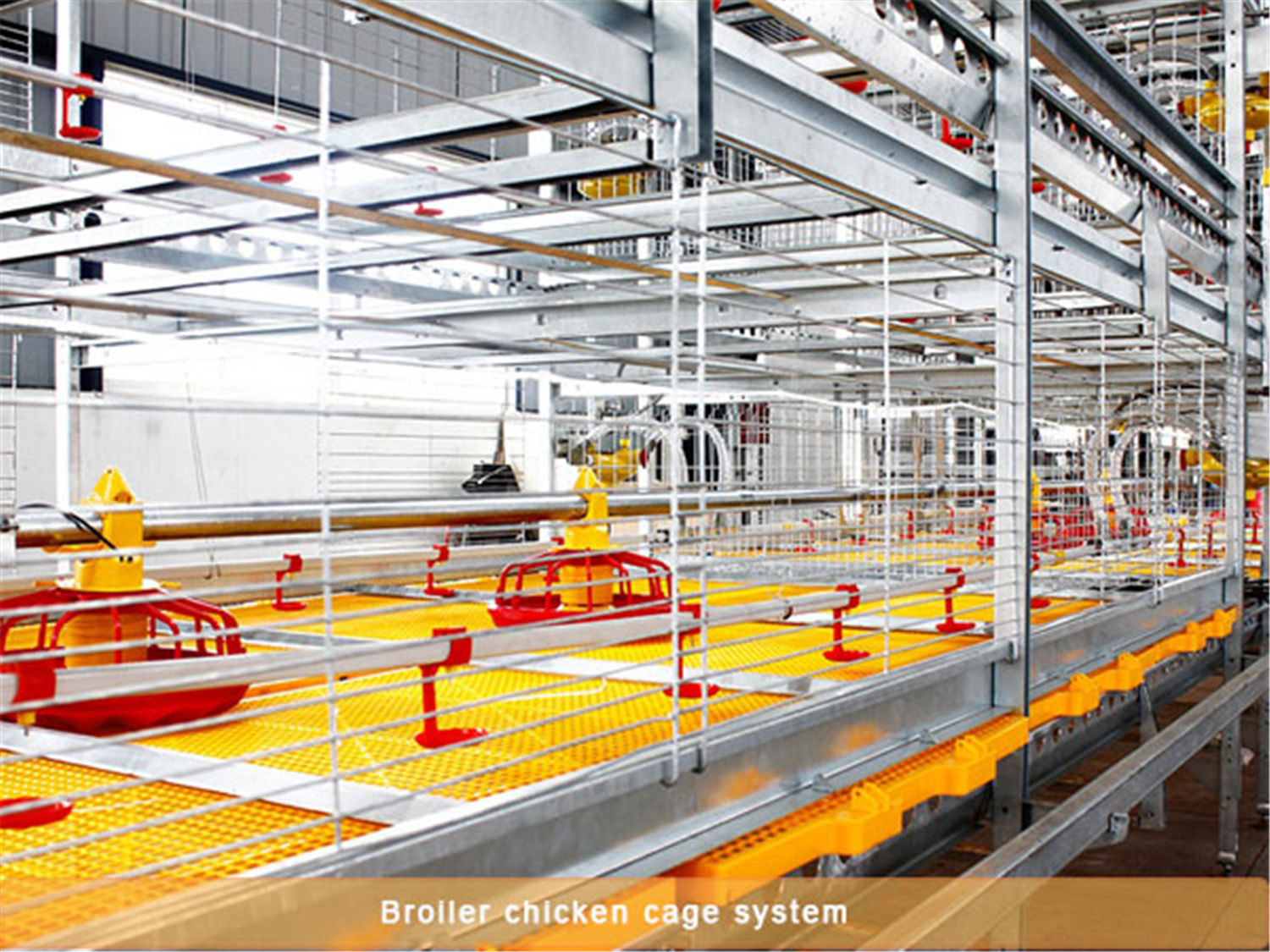1. Temperature management
The optimum temperature for adult chickens: between 18-23 degrees Celsius, high temperature is likely to cause heat stress. Especially the chicken in the chicken battery cage, Watch the chicken temperature: pay attention to the humidity of the chicken house. Use somatosensory temperature during the day to find ways to cool down so that the chickens reach a comfortable somatosensory temperature; use the indicated temperature at night.
2. High temperature and heat stress
The temperature exceeds 28 degrees Celsius and begins to pant. If the temperature exceeds 30 degrees Celsius, breathe out. Feed intake decreases and drinking water increases. Chicken flocks with temperature above 32 degrees Celsius suffer from paralysis, hypoxia, rapid increase in respiratory rate, snoring, and groping.
3. Control measures for heat stress:
Use cooling equipment: fan + wet curtain, first turn on the fan that can be used, and use the wind speed to reach the appropriate body temperature to produce the air cooling effect. Secondly, use wet curtains: the temperature exceeds 30 degrees Celsius, and the humidity is lower than 75%; use gradually, ranging from small to large; first use the side walls, and finally use the gable wet curtain. Finally, install a wind screen in the chicken house to reduce the cross- sectional area of the chicken house and increase the wind speed.

4. The density is not divided into groups
The density of flocks in summer should be reduced, and it is advisable to have 24-25 birds in 3 layers in each group. The flocks should be kept at a reasonable density and grouped as soon as possible. The first grouping should be 8-13 days old, and the second grouping should be 21-22 days old. Grouping in summer should be in the morning or evening to reduce heat stress in the flock.
5. Feeding management
Feed feeding: Adjust the feeding time and change to a cooler time. Avoid high temperature periods in the morning or evening. Don't concentrate on feeding before 6 pm; pay attention to moldy feed to prevent poisoning or intestinal diseases. Slot and limit light once.Keep clean for automatic chicken drinkers and feeders
6. Drinking water management
Provide fresh and clean drinking water to ensure sufficient water. Protect intestinal health. Water quality standard: total bacteria count standard: less than 100 per milliliter; E. coli group should be 0 per milliliter, and the maximum should not exceed 50. The water line should be cleaned regularly. During the feeding period, the height of the waterline is adjusted every two days according to the age of the flock, so that the chickens can lift their heads to pass the waterline. Check the waterline nipple every day to see if there is any water, and replace the waterline nipple that is out of water or leaking water in time to avoid the occurrence of diseases due to lack of water in the flock.
7, the management of chicken out of slaughter
When the outside temperature is higher than 26 degrees Celsius, the chickens are released. After the chicken cage is loaded, the water must be pumped to cool down in time. When the water is pumped, the water must be drained. While waiting for the slaughter in the slaughterhouse, the chickens must be pumped to ventilate and cool in time to prevent thermal stress of the chickens. Excited death.
